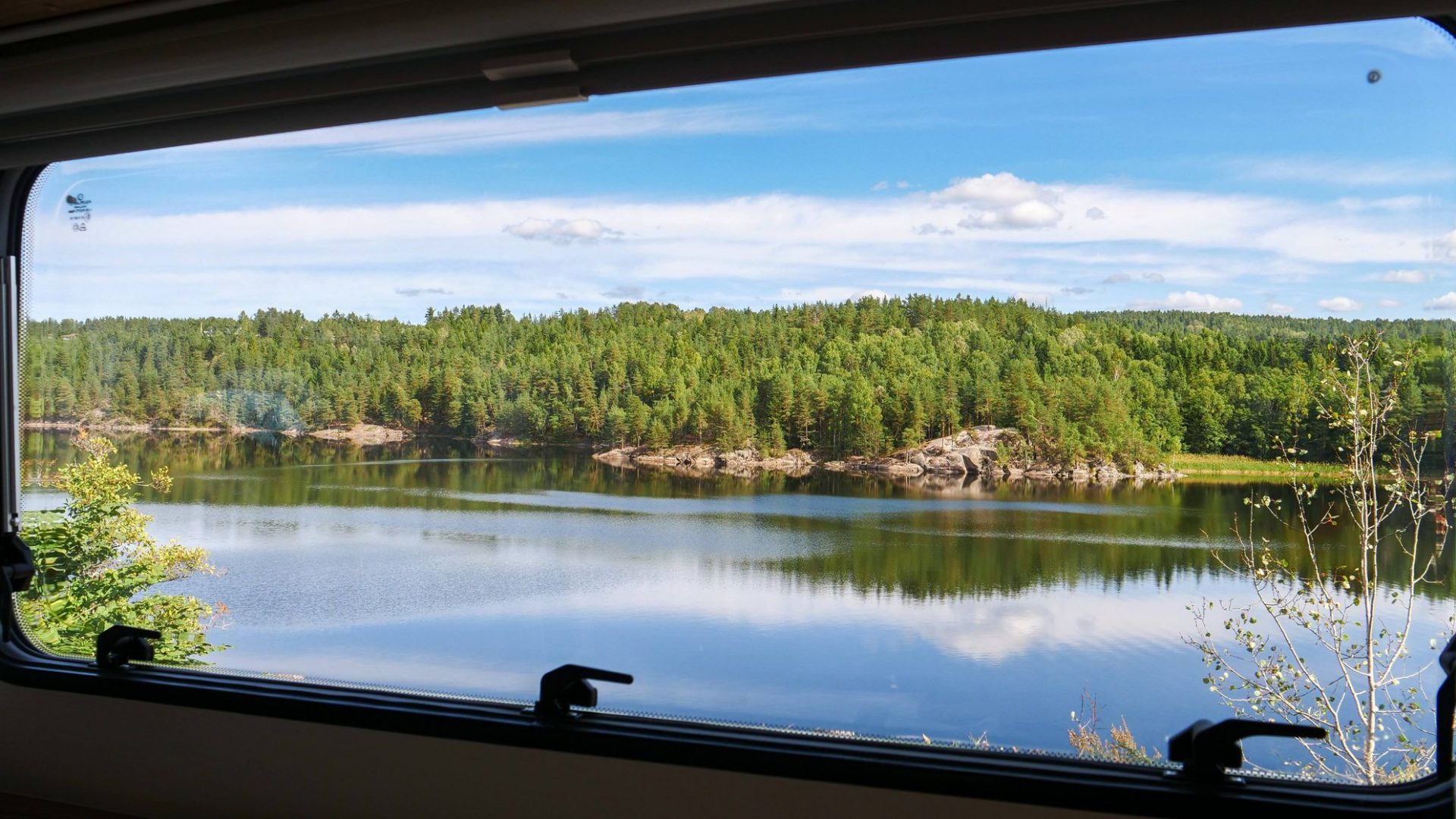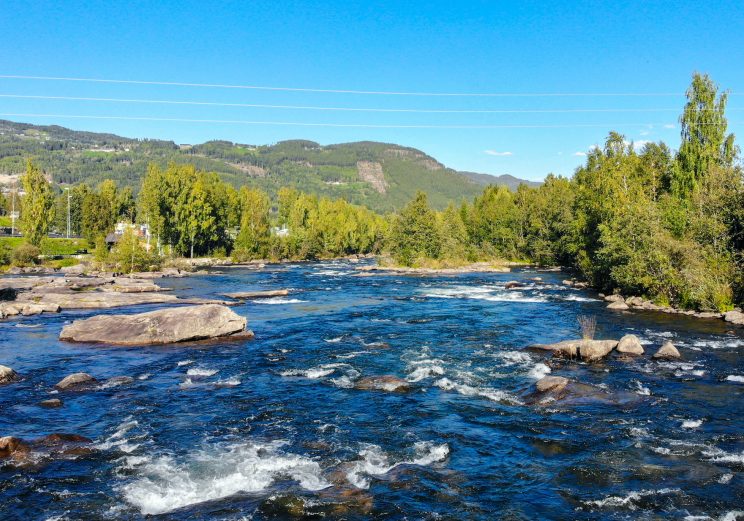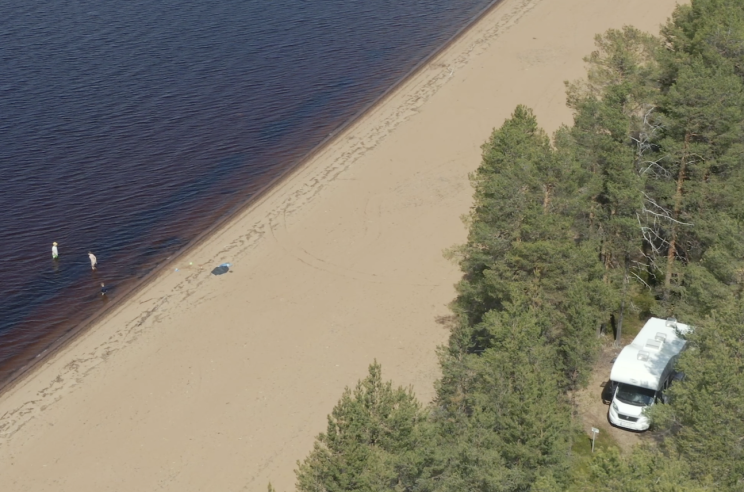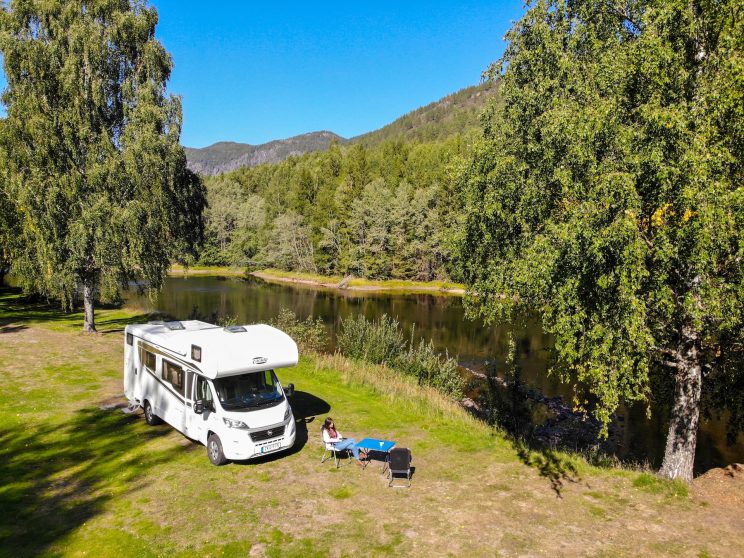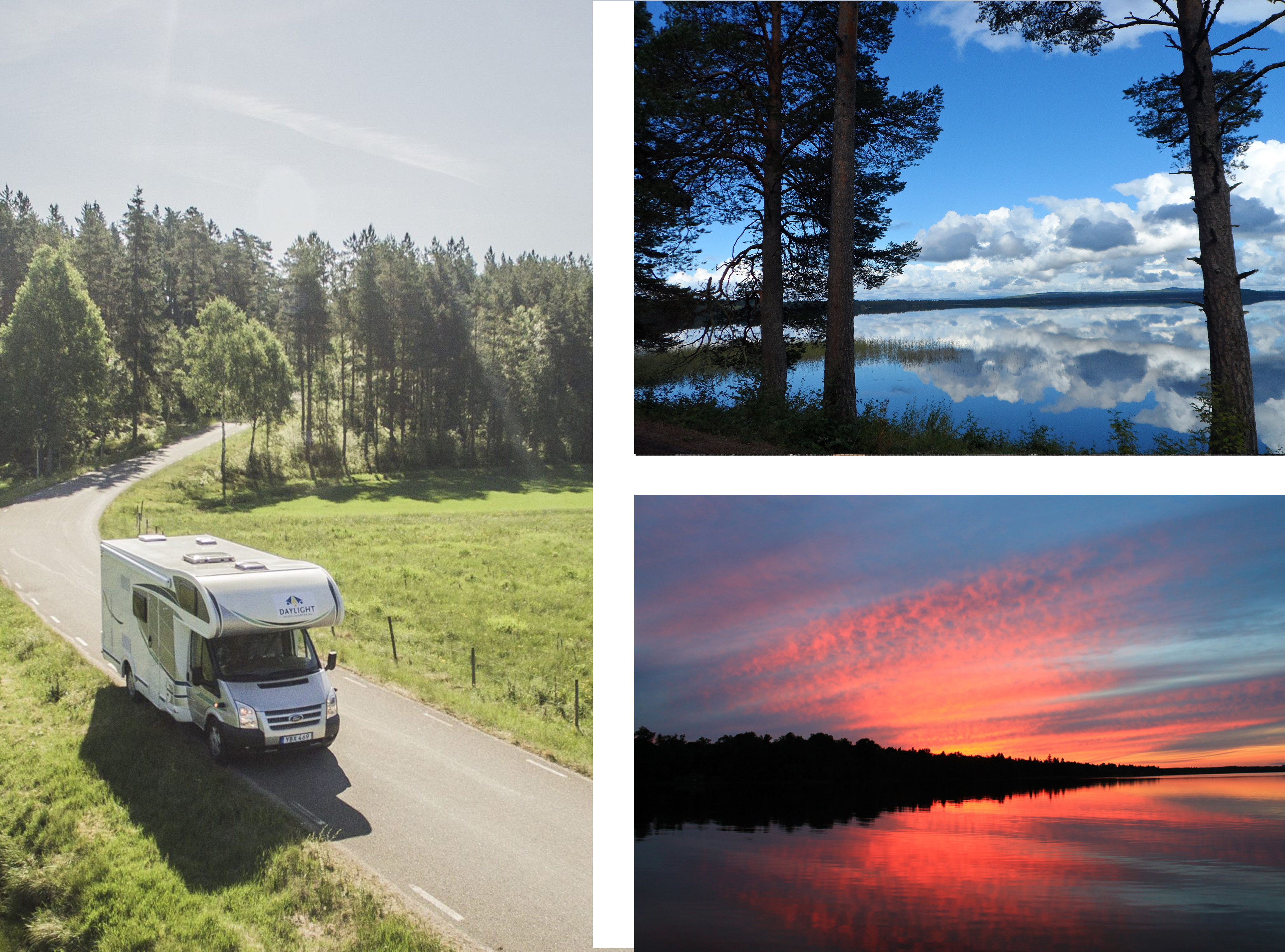Nearing the end our 14 days trip from southern to northern Sweden, we decided to wrap up our journey in the beautiful Swedish Lapland. The easiest way to explore the region is to drive along route E45. E45 starts in Gothenburg, however, if you are driving to Swedish Lapland from Stockholm, you can take E4 to Sundsvall and then E14 to join E45.
You can also take the train or fly, but you would miss on a lot of the sights because they are very remote. You would also need the flexibility to move around in such rural and remote region.
The land of midnight sun
We have so far travelled along the E45 and done several detours from Gothenburg to Härjedalen south, over the Swedish mountain “fjäll” region to south of Lapland. The last leg of the road trip takes us steadily northwards to Lapland.
This is a great part of Sweden if you want to explore Scandinavia above the polar circle. You will be surrounded by wilderness and pure nature. This is where you can witness the famous midnight sun (never setting sun).
As you get further and further north, the distances between localities, shops and restaurants increase. It is a great adventure, so some planning ahead is important, especially if you are driving an EV or a motorhome.
Nevertheless, in a motorhome you are more flexible, as you can cook and live independently. That is why we decided on a motorhome for this trip. No need to find accommodations or restaurants.
The roads, detours, places for overnight stopovers with a view
We spent some lovely days in the land of the midnight sun. Places we think you should do a stopover at are Sorsele, Arvidsjaur, Gällivare, Porjus and finally Karesuando. These destinations are simply too gorgeous to miss.
We stopped at a motorhome pitch called Laponia Ställplats just outside Jokkmokk. But there is also the Arctic Camp, where there are many things to do and cabins to stay in.
Arvidsjaur, Gällivare, and around Jokkmokk
- Gimegolt is a nature reserve with a stunning canyon in Sorsele.
- Nalovardo, a low mountain and forest landscape between the river Laisälven and the river Vindelälven valleys. The highest point is 762 meters above sea level and reaches above the forest line.
- Jokkmokk has several interesting sites. It is also where you will be crossing the polar circle line.
- Muddus national park has old growth forests (forest unaffected by forestry) and extended bogs. It is Sweden’s largest forested national park and is part of the world heritage Laponia. Apart from ancient forest and giant pines, you can find huge mosaics of marshland, waterfalls and deep ravines.
- Make a detour to Kvikkjokk and visit the mountain village Årrenjarka Fjällby. From here you can enter by foot the national parks Padjelanta and Sarek. The popular long trail Kungsleden goes through the village.
- Hike to the the pine tree Porjustallen on the mountain Porjusberget. Seemingly the pine tree is 700-800 years old. You can check out more nature site around Jokkmokk.
- Dundret is the “home mountain” to the locals in Gällivare. Up at Sydtoppen, you have an overview of the snow-capped peaks of the Sarek massif.
In and around Karesuando
This is an area with smaller villages and grand forests. You will be able to find old-growth forests. You are now very far north, so congratulations for driving all the way from Stockholm or the West Coast, up the inland road throughout Sweden.
Karesuando is the northernmost village in Sweden, right on the border with Finland. The village is cut by the Muonio River, which also serves as the border between the two countries. Karesuando offers the best opportunities to see the Northern Lights during winter, because of its northern latitude and little light pollution.
During summer, you get to see the Midnight Sun in a clear view. It is fascinating to see the sun almost going down, but it immediately comes back up.
Torneådalen (Torne Valley)
The Torne Valley along the Torne River includes the municipalities of Haparanda, Övertorneå, Pajala and Kiruna on the Swedish side. These are the most northern municipalities in Sweden, where you will find a string of small and quaint villages.
The Torne Valley has a unique cultural identity shaped by both Swedish and Finnish influences. The locals are mostly bilingual. They also often celebrate traditions from both countries. The Torne River is not only scenic, but also offers activities such as fishing and canoeing.
Remember, the areas are filled with wildlife, with opportunities to spot reindeer and moose in their natural habitats. There are also plenty of hiking trails and nature reserves with lush forests.
There are also several stopovers where you can park your motorhome and rest. These rest areas are run by the Swedish Transport Administration -Trafikverket and are not for long-term motorhomes and caravans.
Nature sites, rest areas, and villages
- At the rest area Ryssäjoki Rastplats you can find ancient hunting pits.
- Hike through old-growth mountain forest at Torneträsk-Soppero fjällurskog. This is one of the biggest Swedish forest nature reserve and is a Natura 2000 area.
- Hike in the low mountain area Kuormakkas.
- Rest and have a picnic at the peaceful Kieppisjärvi Rastplats with beautiful views of nature.
- Hike up the small mountain top Jerivaara, in the outskirts of the village Idivuoma
- Make a stop at the beautiful village of Mertajärvi to see how rural living is in Sweden.
- The road to Maunu is one of the most northern Swedish public roads, right up to the Finnish border.
Campsite and motorhome pitches
- In Kiruna you have the recreational outdoor area Loussavaara Fritidsområde and Kiruna
Pajala Camping, where you can set up camp and park overnight. - At Kukkolaforsen you will find stopovers for motorhomes with a view of the Kukkola river (look for the signs).
